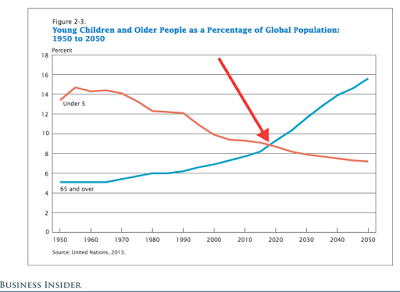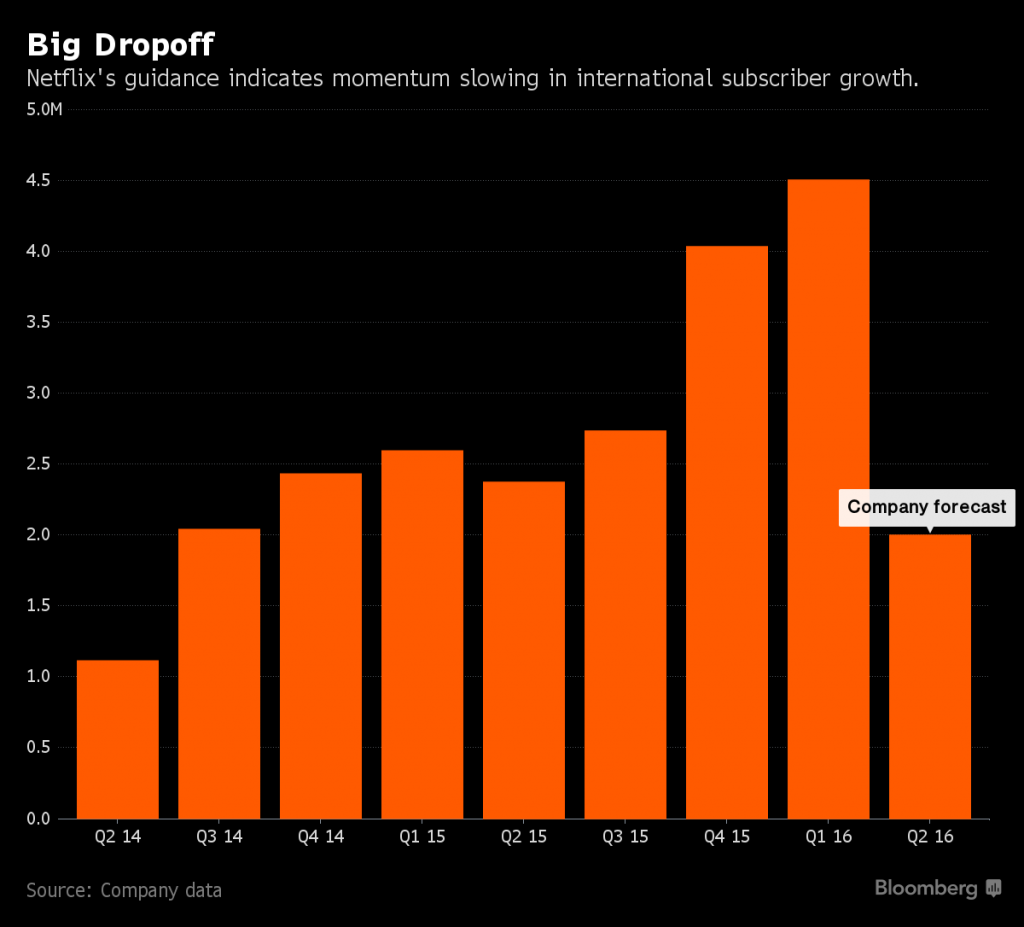
As I predicted in January, the content website biz is in trouble.
And they are panicking.
According to The New York Times, earlier this month, a couple of inventive young go-getters at BuzzFeed tied enough rubber bands around the centre of a watermelon to make it explode.
Nearly a million people watched the giant berry burst on Facebook Live. It racked up more than 10 million views in the days that followed.
How can the news biz compete with that? Answer: it can’t.
This month, Mashable, a site that had just raised $15 million, laid off 30 people. Salon and even Buzzfeed have had to field enquiries from worried investors.
As social networks have grown, visits to websites in some ways have become unnecessary detours, leading to the weakened traffic numbers for news sites.
Advertisers have followed suit. In the first quarter of 2016, 85 cents of every new dollar spent in online advertising will go to Google or Facebook, said Brian Nowak, a Morgan Stanley analyst.
Publishers are responding in a variety of ways.
With the help of venture capital funding, companies like BuzzFeed and Vox are investing heavily in video production with a focus on TV and film.
Others, like Mashable, are diverting resources to increasing their audience on Facebook, hoping that enough money — through revenue-sharing arrangements with the company — will follow.
Others have tried affiliate marketing or native content.
Most would admit that if they were launching today, they would not be a website at all. They would be a Facebook page.
As for monetizing it? That question has not been answered.
Posted in: Infographic of the day | Leave a Comment











